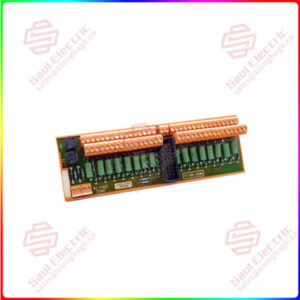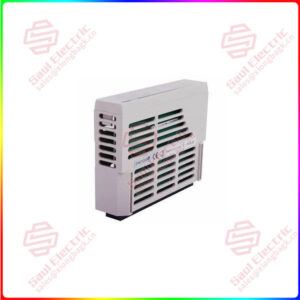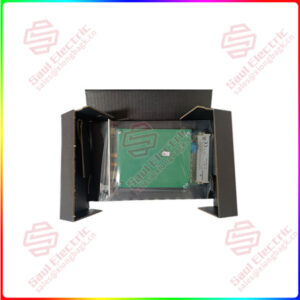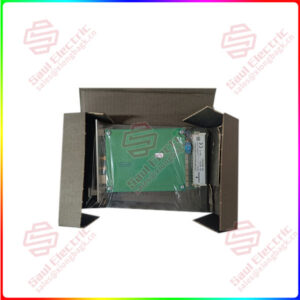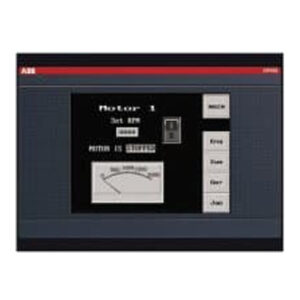Description
Overview
Essential details:KUC755AE117 3BHB005243R0117 Excitation controller ABB
ABB excitation controller (also known as excitation equipment controller) is mainly composed of exciter (TP), AC contactor (FP), AC driver (DP) and excitation control system (TS). Exciter is one of the most important components of ABB. The excitation controller (TP) is one of the most important parts of ABB (ABB master controller). The ABB excitation controller (TP) converts the excitation voltage into an AC voltage output (IO). The role of the AC contactor (FP) is to release the direct current generated by the ABB master controller by heating the excitation coil below the required operating temperature. Dcf803-0050, 3BHE030579R0006, SDSC-FEX-4, 3ADT314500R1001, PCD230A, UNITROL 1010, UNITROL 1000-15 10401695, UNITROL 1020, UNITROL 1020-0006. 3BHE030579R0003
1. Excitation control system
The main control modes of excitation controller are: adaptive mode control (automatic multi-timemulti-charge), reactive power compensation and overload compensation. Excitation control system can be divided into reactive power control system (EMI) and reactive power compensation system (DMTC). EMI is mainly composed of reactive power compensation devices, which are compensated by reactive power method. DMTC is mainly compensated by current transformer, usually by three-phase compensation or two-phase semi-compensation. DMTC is often used in some occasions that do not require frequent starting or insufficient reactive current, but if there is a higher frequency of excitation current; DMTC is a kind of rectifier drive device composed of three-phase compensation, which can be used to control the current harmonic content in the case of low; At the same time, with the development of control technology and the expansion of application range, DMTC has basically replaced the traditional reactive power compensation device and applied in reactive power compensation. At present, ABB’s production environment is relatively complex; So the service life is relatively short; When the power factor is low, the current harmonic content is high and the frequency is high, the FCWS system can not be used to compensate the scheme. Need to control the excitation current of the environment parameters such as: magnetic flux density; Need to compensate for reactive power occasions: such as fans, generators, etc.; Need to field current frequency applications: such as motor, motor controller, etc. The purpose of controlling reactive power, current and frequency is achieved by the above control means. The excitation control system is composed of the excitation regulating circuit and the excitation flux display regulator. The excitation permanent magnet AC driver plays the driving role.

KUC755AE106-3BHB005243R0106
Two, excitation control principle
The output of the exciter is direct current, so it is very little affected by alternating current. However, if there is a large impact on the power grid, overvoltage or short circuit current, the excitation control system can not work stably, and when the power grid has a large frequency deviation, the excitation controller is prone to transient overvoltage phenomenon, resulting in power grid impact, overvoltage accident and circuit breaker trip. In addition, if the control accuracy of the excitation control system is poor, there will be overvoltage or short circuit phenomenon. Since the excitation controller itself does not work, its control system (TS) is in an intermediate state. Therefore, its control signal is directly fed back to the control system (TP). When the excitation controller output signal is zero, the excitation controller can not be used as a load (such as: frequency converter), only when the signal is sent by the AC driver, the exciter can be used as a load and produce a control signal that acts on the grid frequency, voltage and current to achieve the regulation and control function of the grid voltage and current (such as: frequency converter).
3. Excitation control method
There are two kinds of excitation control methods, one is frequency control method and the other is power control method. The power control method is mainly used for speed regulation and protection of the motor. The frequency control method can realize real-time on-line control of excitation generator speed, power and other parameters, but it also produces many problems that affect the safe operation of excitation equipment. Because excitation control can not adjust the load current, can not effectively adjust the excitation current density, excitation equipment start-up reactive power capacity limit, the motor start-up reactive current limit, excitation transformer long-term overload and other reasons, the frequency control method is mainly used in the excitation control of medium frequency generator or high power factor generator excitation control. The power control method is mainly used in the excitation control of medium-frequency generator with AC contactor as the main controller.
Four, the main components and selection methods
Due to the complex structure of the exciter and the high requirements for materials, materials with high strength, small deformation and light weight should be selected. In addition, the shape of the exciter should meet its rated current is not less than the rated current of the motor, that is, the power consumption per hour is not more than 80 KW, and the maximum power factor is not less than 0.85. In order to make the exciter meet the requirements of various parameters, the selection of the exciter must consider the system capacity, system characteristics (such as control loop capacity, system characteristics and capacity), rated current, excitation frequency, harmonic content, maximum power factor, minimum voltage and other parameters. Different product specifications and power factors can be calculated by the following formula: Generally, the following formula is used: When the rated current is 10 A, 50 A is selected; When the rated voltage is 15 A, 60 A is selected; When the rated power is 15-60 A, 90 A is selected; When the rated current is 30 A, 60 A is selected; When the rated current is 30-60 A, 90 A is selected; When the rated power is 30-60 A, 90 A is selected; When the rated voltage is 15-60 a, 90 A is selected; When the exciter material is 6A31HB alloy, when the exciter shape is 7A31HC alloy. At this time: power factor greater than 0.85; That is, the output power is greater than 25 kW. Then: 60 A should be used; When the exciter material is 6A31HB alloy: the power factor is greater than 0.85.
lf you need to inquire or purchase ,please send the product models to my email or call medirectly .
Sales Manager: Manager He
E-mail number: sales@xiongbagk.cn
skype/ wechat: +86-18059884797
Mobile phone/wechat: +86-18059884797
QQ:3095989363
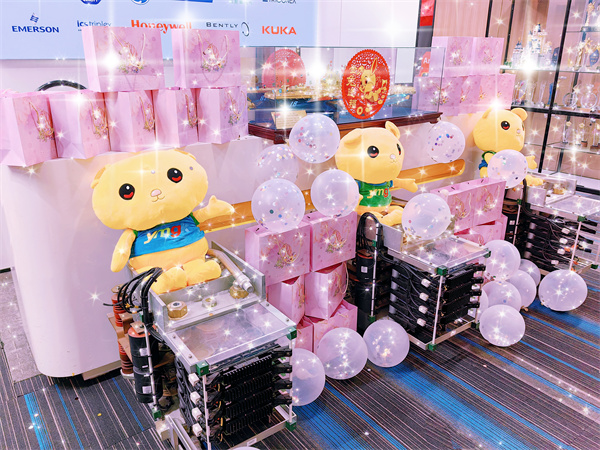
My company under the Sales and Marketing Department, technical engineering Department, after-sales service department, the department of comprehensive management. We can help your business with good service.
1. Sales Department 24/7 service. Handles your requests for any PLC DCS products in a timely manner with patience and professionalism.
2. The engineering department ensures that the products have no quality problems. All products will be inspected before shipping.
3. The financial department checks the payment and refund in time.
4. The warehouse department will carefully check the list of goods, carefully pack them, and deliver the goods in time.
5. After-sales Service Department has a full-time after-sales service team, subordinate to the sales department, and users can timely respond to service requests.


 1 Year Warranty
1 Year Warranty
